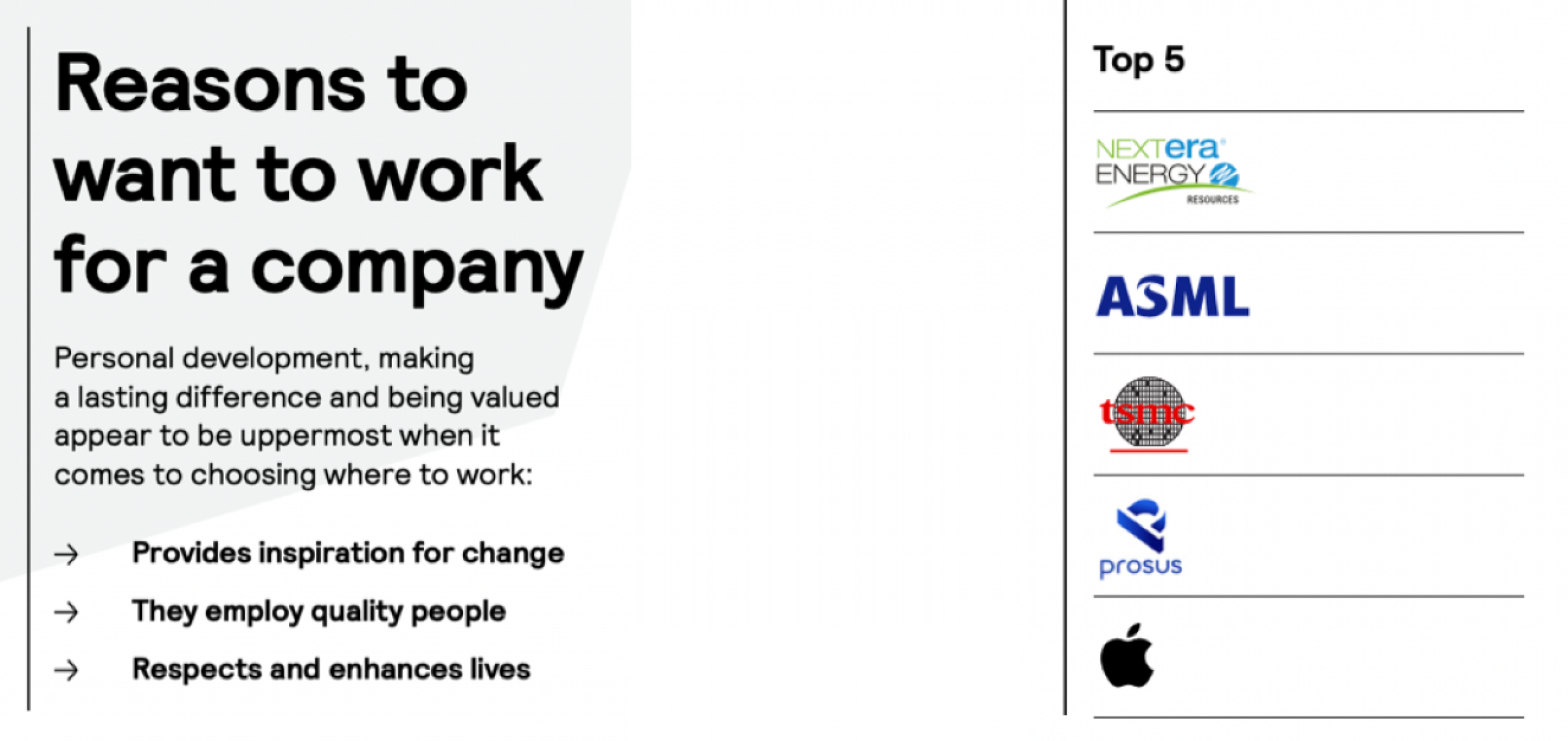

Power to the people
Purpose is the ultimate statement of intent for many organisations. Why are we here? What are we trying to achieve?
For me, David Packard put it best when he described the nature of a company and its shared purpose: “A group of people get together and exist as an institution that we call a company so they are able to accomplish something collectively which they could not accomplish separately."
What’s of fundamental importance is not necessarily to accomplish whatever higher goal has been set but rather to accomplish it together. Because it’s the shared sense of accomplishment that makes the vital difference in connecting employees to an organisation and to one another.
However, many organisations lose sight of their employees in the melee that can often accompany the articulation of their purpose. By not understanding that a purpose equates to not much more than some well-intentioned words if there is no meaningful employee engagement, those words fall flat and goals go unfulfilled.
Creating a believable future understood and shared by employees is essential to successfully deliver your brand. Simply put, when employees believe in and are compelled to act to deliver the brand’s purpose, you’ll have a greater ability to deliver the brand experience.

Research studies have routinely provided the empirical evidence businesses with strong brand perceptions attract more people to want to work for them. The FutureBrand Index is one such research study and it includes the underlying statistic that the top five companies people want to ’work for’ are also five of the top six brands in the Index overall.
To put it another way, you can’t be a top-performing business if your own people don’t believe in your brand. It’s a correlation echoed by Diane Gherson from her time as IBM’s head of HR: “Employee engagement explains two-thirds of our client experience scores. And if we’re able to increase client satisfaction by five points, we see an extra 20 per cent in revenue on average, so clearly there’s an impact. That’s the business case for change.”
That is indeed the business case not only for change management but also employee engagement: For connecting employees with your brand and therefore giving your business a measurable competitive advantage.
So why doesn’t it happen? The answer, more often than not, is simply because organisations and their employees do not want to change. By overlooking this simple yet fundamental fact, any chance of changing how employees connect with the brand for the better is ended before it’s begun.
Here are three approaches you can use to bridge the gap between your brand and your employees, the inertia of the present and the potential of the future.
1. Understand the needs, motivations and barriers
Tapping into employees’ needs and motivations can be a strong lever, but the barriers to change are often even stronger. Part of the challenge is inevitably acknowledging the change itself and the likelihood that the natural forces of inertia will likely create resistance or worse. If you don’t understand what might be stopping employees from embracing the brand, then anything you do to push them harder might simply ossify that very hurdle you’re trying to overcome.
When you surface an organisation’s modus operandi or employees’ ways of working, then you not only identify where the brand fits within the organisation at a very practical level, you also create the conditions – or at least the conversations – for challenging those habits and exploring opportunities to better connect with the brand.
For example, this recent Harvard Business Review article highlights five reasons why employees might not understand the company’s vision and they each imply very different strategies for overcoming the resistance at work. A lack of communication, for example, requires a different approach from a change in the ‘altitude’ at which a brand’s purpose is set.
2. Identify the roles played by different groups of employees
Few brands are one-size-fits-all when it comes to how employees might get to grips with its implications for delivering the brand experience – whether they’re working front-of-house or behind-the-scenes, building the product or providing the service. Consequently, employee engagement programs need to offer something equally versatile.
The pivotal question I routinely get asked is where to start? My answer is always to look for the ‘pivotal population’ and start there.
Every organisation seems to have one. In a retail business with a network of physical stores, it might be the store managers – if you have a good store manager, employees enjoy working there, customers like shopping there too. In a service-based business, it might be team leaders, one level up from the front lin. Few employees will ever call the CEO directly on seeing the new brand, but they will ask their line manager and that right there is the make-or-break moment for the brand.
Starting from these ‘pivotal populations’, you can then map other segments of the employee population according to how they might drive or support the brand’s delivery, and how engaging them might be more hands-on or simply consultative.
3. Engage employees in delivering the brand experience
For employees to make a meaningful contribution to the brand experience, they need the right tools for the job.
For frontline employees, those tools might be brand experience principles to guide their actions and reactions, or brand language to help them communicate in a way that connects customers with the brand. I always joke the two most popular words in branding are lorem ipsum but language is the one brand tool everyone in your organisation will use, knowingly or not.
Tools inevitably require training if you’re to use them to their full effect. Branding tools are no different if you’re to engage and equip your own employees. By doing so, you will give power to the very people who will ultimately turn your brand’s purpose from something written in PowerPoint to a powerful experience that lives and breathes in practice.
This article was first published by CMO.
Related articles

Netball World Cup 2027 appoints FutureBrand & Octagon to build brand strategy, identity and experience
FutureBrand and Octagon get ready to build the brand for Netball World Cup 2027 and break new ground for netball globally.

A new brand for low vision
Guide Dogs NSW/ACT and FutureBrand collaborate to launch a new brand supporting Australians with low vision.

Why did Google just change its logo?
When Mumbrella discovered that Google had made what seemed to be a small change to its logo this week, we went to Rich Curtis, CEO of FutureBrand Australia, to interpret what that meant in design language. For the record, the change involves the primary colours inside the "G": they used to be separated by hard lines, now they blend into one another with gradients.